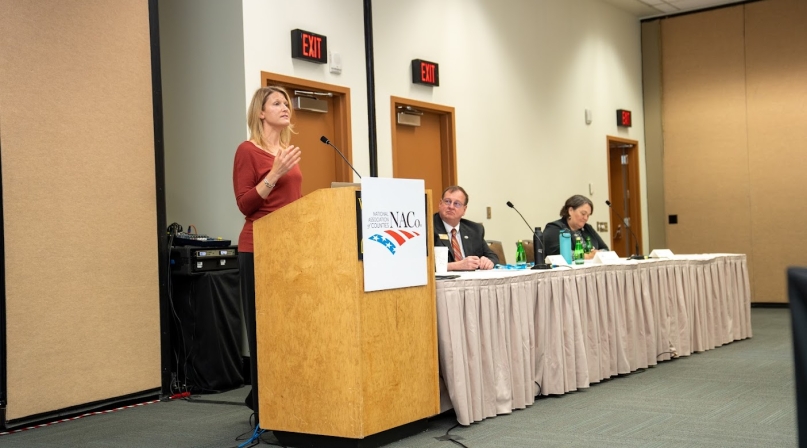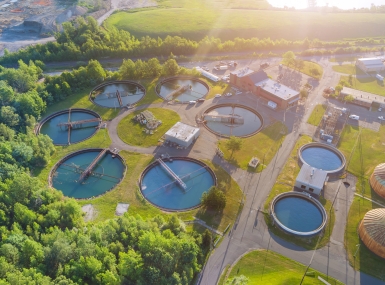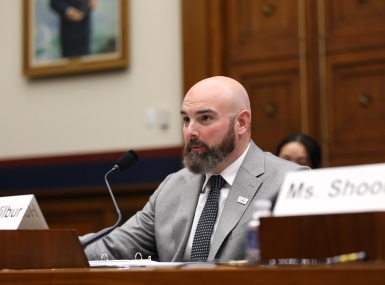Partnerships vital to sustain county-military coexistence

Key Takeaways
With roughly 500 counties serving as home to at least one military installation, the ground is fertile for intergovernmental cooperation on compatible land use, conservation, habitat and natural resource management and climate resilience.
The Department of Defense’ Readiness and Environmental Protection Integration (REPI) program mitigates land, water and digital encroachment near installations and addresses natural resource and climate resilience concerns for surrounding communities through partnerships between and among local governments and federal agencies. REPI’s Sentinel Landscape Partnership was founded by the Defense, Interior and Agriculture departments to coordinate across 10 key landscapes for communities that host military installations.
“These are really opportunities for us to work more efficiently with the states in which they’re located, local communities, private landowners, conservation partners and others,” said REPI Program Director Kristen Thomasgard.
“We’re often working with hundreds of partners — dedicated agencies in different programs to help protect and ensure compatible land uses — farms forests, ranches, open space — helping to assist with natural resource management and then also helping to mitigate impacts from climate change and helping to ensure long term resilience of our communities and installations,” she said. The program currently has 118 ongoing projects in 35 states and territories, totaling 830,000 acres of land preservation.
Learn more
“Our goal and objective is to bring tools to landowners who are interested …in order for them to be more sustainable in their land management practices, whether that’s forestry, ranching or farming to make those tools available to them across a multitude of federal agencies,” Thomasgard said.
Current Sentinel Landscape partnerships totaled $178 million from the Department of Defense, $250 million from USDA, $57 million from the Department of Interior, $230 million from states, $16 million from local governments and $104 million in private funds.
Cochise County, Ariz. knows something about encroachment and how the Sentinel Landscape program can help protect its major economic driver. The San Pedro Riparian National Conservation Area is the second largest open space for unmanned aerial vehicle training for nearby Fort Huachuca, which generates $1 billion in wages annually and an estimated $2.9 billion in economic impact.
“We really have something to protect and be proud of,” said Cochise County Supervisor Peggy Judd. “The challenge is that the Endangered Species Act requires that we link the activities at Fort Huachuca to the flows of the San Pedro River, so that has been a tricky balance for us to play and we’ve been working at it really hard for a long time.”
Organizations have formed to meet local preservation needs, including the Upper San Pedro partnership, which is a consortium of federal state and local agencies and organizations that assist in meeting the long-term water needs of both residents and the environment.
“Though many advancements have been made over the 20-year history, the partnership understands how to track trends in the regional aquifer, the riparian system, San Pedro River and nearby springs,” Judd said.
Cochise County has requested $1.5 million to take make this project operational, demonstrating a match of over $2.5 million for numerous hydrological studies, engineering and designs and monitoring.
Judd noted that the project was submitted in conjunction with several other partner projects that “will all support resilience to climate change, the missions of Fort Huachuca, a sustainable San Pedro River and several working ranches.”
Attachments
Related News

U.S. Environmental Protection Agency announces actions to combat PFAS contamination
On April 28, the U.S. Environmental Protection Agency (EPA) announced a new suite of upcoming actions to address contamination from per- and polyfluoroalkyl substances (PFAS). These measures, outlined by EPA Administrator Lee Zeldin, aim to strengthen scientific understanding, enhance enforcement and build partnerships with impacted communities, including counties and other local governments.

NACo testifies before Congress on brownfields revitalization
On May 7, Oswego County, N.Y. Clerk Terry Wilbur testified on behalf of NACo before the U.S. House Subcommittee on Water Resources and Environment at a hearing titled “Cleaning Up the Past, Building the Future: The Brownfields Program”.

Podcast: Life after coal for one county
Commissioner Melody Villard and Economic Recovery Corps Fellow Sasha Nelson discuss the transition Moffat County, Colo. planned to diversify its economy after the closure of coal mines and a power plant decimated its property tax revenue.
